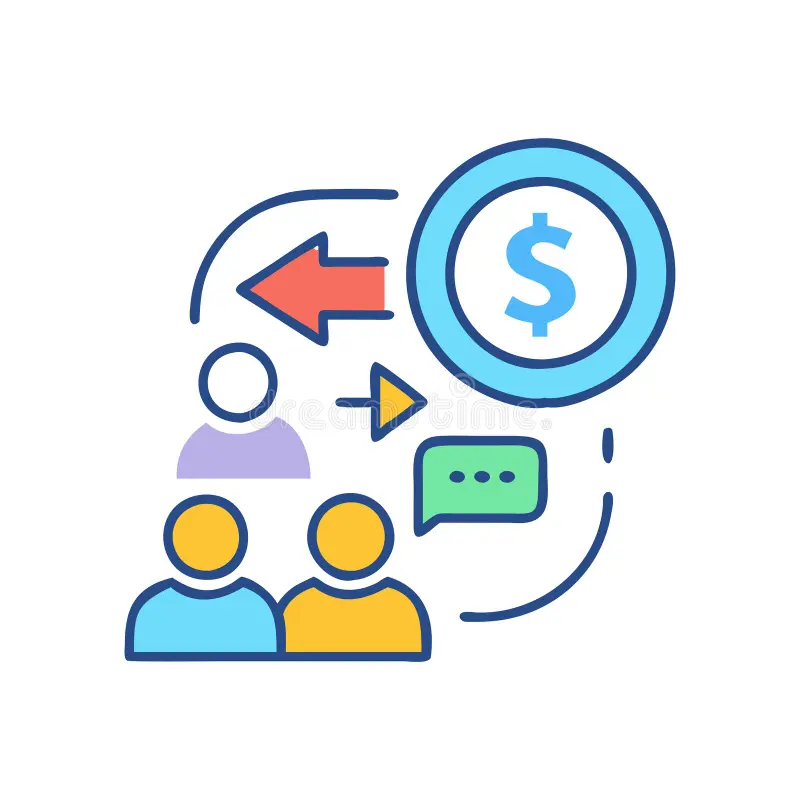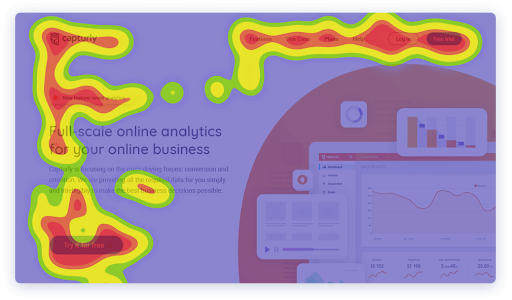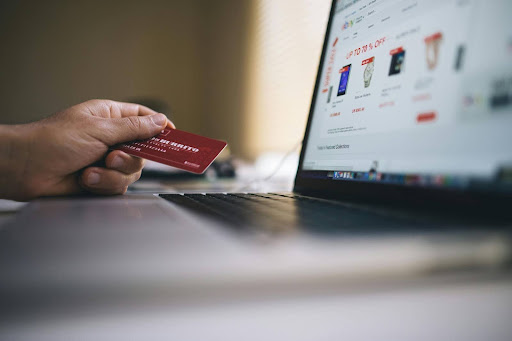
How eCommerce Brands Can Reduce Customer Acquisition Costs Without Killing Growth
eCommerce Brands Can Reduce Customer Acquisition Costs Without Killing Growth
Yes, It’s Possible.
Customer Acquisition Costs (CAC) increase every single year. Last year, SearchSpring reported that CAC increased 222% on average in the last decade. And it’s not slowing down. Advertising is more expensive, and so are automation tools and all the other business expenses.
Every eCommerce CMO and Digital Revenue Team knows the struggle: How do we grow profits when slashing budgets often also means slowing growth?
You won’t be surprised to learn there are no single silver bullets (despite what some may promise you).
The brand has to combine smarter marketing automation, better retention strategies, and optimize the entire sales funnel.
Leveraging HubSpot, Shopify, and automated marketing systems, brands can reduce CAC while increasing revenue—without relying on deep discounts or dangerously cutting ad spend.
Here’s how to make your marketing more efficient, attract higher-value customers, and spend less per sale—all while maintaining growth.
1. Fix the Biggest CAC Problem: Converting More of the Traffic You Already Have
Brands invest heavily in Google Ads, Meta Ads, and influencer partnerships, but most visitors leave without making a purchase.
The Problem:
- Weak landing pages or slow site speed deter potential sales.
- Users can’t easily find the product, causing friction
- The site hasn’t built trust with the visitors
- Visitors leave without capturing their email/SMS for remarketing.
How to Fix It:
- Optimize product pages for conversions
- Review user flows and site searches to identify where users get stuck
- Use trust badges, reviews, and clear CTAs
- Gather survey data from users to improve the site
- Capture emails with smart pop-ups before visitors leave
- Use HubSpot workflows to nurture non-buyers and convert them later via email/SMS.
An unFair Advantage: A 2% increase in conversion rate can significantly reduce CAC, as it means acquiring more customers for the same budget.
2. Automate Retargeting & Follow-Ups to Reduce Ad Spend Waste
eCommerce brands overpay for ads due to ineffective segmentation and retargeting. Unfortunately, retargeting is not what it used to be. Privacy concerns and legislation mean brands cannot rely on the same methods. Brands have to adopt zero and first-party cookies to properly track users, so they can remarket them efficiently.
The Problem:
- Spending heavily on new traffic but not retargeting effectively.
- Channels misreport on sales feed the wrong data to algorithms.
- Lack of automated post-visit follow-ups via HubSpot & Shopify.
- Generic ads instead of dynamic product retargeting.
How to Fix It:
- Use HubSpot & Shopify integration to segment buyers by intent.
- Retarget cart abandoners with personalized offers via email & ads.
- Implement dynamic retargeting ads to showcase the exact products visitors viewed.
- Use server-side tagging to increase data matching on channels (e.g., Trackbee.io for Shopify)
- Create customer surveys to enrich your customer information and help build segmentation and customer profiles
An unFair Advantage: Retargeting can increase conversion rates by as much as 150%.
3. Lower CAC by Focusing on Higher-Value Customers (Not Just More Customers)
Conversion rates highly correlate with product prices, and yet brands tend to push every product in their inventory in the same way and strategy, regardless of profit margin. Poor product segmentation can result in the bidding algorithms learning to push lower-value items and lower profitability.
The Problem:
- Some customers cost more to acquire than they’re worth.
- No clear customer lifetime value (LTV) strategy.
- No consideration is given to account for the longer buying process on high-value products.
- Over-reliance on one-off buyers instead of repeat purchasers.
🔧 How to Fix It:
- Use HubSpot’s CRM & Shopify data to identify and target the highest-value customer segments.
- Prioritize loyalty & subscription offers to maximize repeat revenue.
- Create exclusive perks for repeat buyers to increase their LTV.
An unFair Advantage: 43% of profits come from retained customers for average eCommerce stores.
4. Improve Organic Traffic & Reduce Reliance on Paid Ads
This will sound simple: The more organic traffic you generate, the less you have to spend on paid acquisition—yet many eCommerce brands neglect SEO and organic social or lack a structured content strategy.
Yes. Organic traffic takes longer and is more complex. Implementation and content creation are expensive and a hassle. Long-term, the business will not be able to achieve sustained growth without it.
The Problem:
- Poor Shopify SEO structure (duplicate pages, missing metadata).
- No content marketing strategy for long-term organic traffic.
- Over-reliance on paid ads without a scalable organic plan.
How to Fix It:
- Optimize Shopify for SEO (structured product pages, schema markup, technical fixes).
- Use HubSpot to manage an SEO-driven content strategy—guides, product comparisons, and FAQ pages.
- Create a consistent plan to execute on social media to engage with your target market.
- Capture organic traffic emails and convert them with automated nurture sequences.
An unFair Advantage: Personalization is key to improving conversion rates and reducing CAC in eCommerce.
The Smartest Way to Cut CAC Without Slowing Sales
Most eCommerce brands waste ad dollars, ignore automation, and struggle to increase LTV—all of which inflate CAC unnecessarily.
The winning formula?
- Higher conversion rates = More revenue from existing traffic.
- Smarter retargeting = Stop overpaying for new traffic.
- Customer retention & LTV focus = Scale profitably.
- Automation & SEO = Reduce paid media dependence.
Want a proven strategy to lower CAC while still growing sales? unFair Advantage helps eCommerce brands integrate HubSpot & Shopify for maximum efficiency and revenue. Let’s build your growth plan today.
FAQ
How can eCommerce brands lower CAC without cutting marketing budgets?
- Improve conversion rates (better landing pages, trust signals, faster checkout).
- Automate lead capture & follow-ups to increase sales from existing traffic.
- Focus on customer retention & repeat sales to increase LTV.
How does HubSpot help reduce eCommerce marketing costs?
- Automates email/SMS marketing, saving time & improving conversion rates.
- Syncs with Shopify to optimize retargeting & segment high-value customers.
- Provides multi-touch attribution, so brands spend smarter on paid media.
What’s the best way to improve Shopify SEO and lower CAC?
- Optimize product pages & collections with structured data & internal links.
- Use HubSpot’s SEO tools to create high-ranking content that drives organic traffic.
- Capture organic leads & nurture them with automated email sequences.
How can paid media teams lower CAC while keeping ROAS high?
- Use dynamic retargeting ads based on Shopify browsing history.

